On September 20, South Korea's LIG Nex1 Company said it had signed a contract to export Cheongung-II (Heavenly Palace-II) missiles worth 3,713.5 billion Won (2.8 billion USD) with the Iraqi Ministry of Defense .
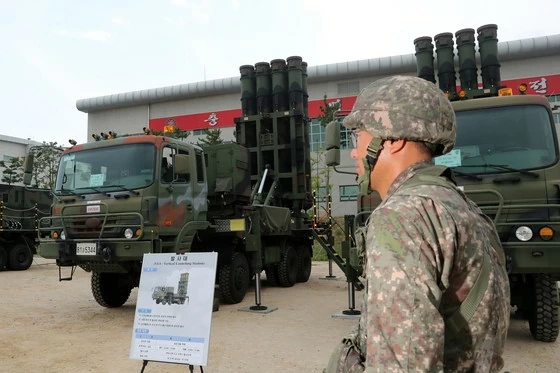 |
| A Tiangong-II rocket is displayed at a military base in Pohang, South Korea in 2023. (Source: Yonhap) |
With the above contract, Iraq becomes the third Middle Eastern country to use this type of weapon, alongside the United Arab Emirates (UAE) and Saudi Arabia.
The Cheongung-II air defense missile system, dubbed the 'Korean version of the Patriot', is the key combat resource in the country's medium-range air defense system and a strategic weapon in the country's Air and Missile Defense (KAMD) system.
Cheongung-II is equipped with ballistic missile interception technology, multi-function radar, can intercept ballistic missiles and aircraft.
The missile was developed by the Korea Institute of Defense Science (ADD), manufactured by LIG Nex1, while the multi-function radar integrated with the missile was manufactured by Hanwha Systems, and the launcher and transport vehicle were manufactured by Hanwha Aerospace.
The Cheongung-II missile system was first exported to the UAE in 2022, marking a turning point in the history of South Korea's arms exports. The contract with the UAE was worth about $3.5 billion, making it South Korea's largest single arms contract to date.
Later, the South Korean Ministry of National Defense and Saudi Arabia also signed a contract to export 10 Cheongung-II missile batteries in November 2023 with a total value of 3.2 billion USD.
The export of Cheongung-II to Iraq was also directly mentioned after the Iraqi Defense Minister visited South Korea and met with representatives of defense industry enterprises, including LIG Nex1 in March 2024. In May, enterprises in this Northeast Asian country also publicly announced that they were negotiating the possibility of exporting Cheongung-II missiles to Iraq.
The Cheongung-II missile deployed consecutively in three Middle Eastern countries has opened up the potential to export more long-range interception systems and interception systems at altitudes of 50-60 km to countries in the region.
Specifically, the long-range surface-to-air missile system L-SAM developed by South Korea has been assessed as suitable for combat, and is expected to be mass-produced from 2025 for actual combat deployment in 2028.
South Korea is also developing a version of the L-SAM-II missile that can intercept at altitudes above 100 km. These defense systems are considered capable of replacing the US military's Terminal High Altitude Area Defense (THAAD) missile defense system.
Source: https://baoquocte.vn/them-mot-quoc-gia-trung-dong-mua-ten-lua-patriot-phien-ban-han-quoc-287114.html


![[Photo] 60th Anniversary of the Founding of the Vietnam Association of Photographic Artists](/_next/image?url=https%3A%2F%2Fvphoto.vietnam.vn%2Fthumb%2F1200x675%2Fvietnam%2Fresource%2FIMAGE%2F2025%2F12%2F05%2F1764935864512_a1-bnd-0841-9740-jpg.webp&w=3840&q=75)
![[Photo] National Assembly Chairman Tran Thanh Man attends the VinFuture 2025 Award Ceremony](/_next/image?url=https%3A%2F%2Fvphoto.vietnam.vn%2Fthumb%2F1200x675%2Fvietnam%2Fresource%2FIMAGE%2F2025%2F12%2F05%2F1764951162416_2628509768338816493-6995-jpg.webp&w=3840&q=75)




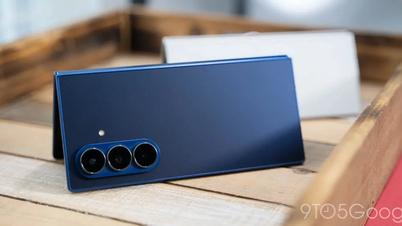

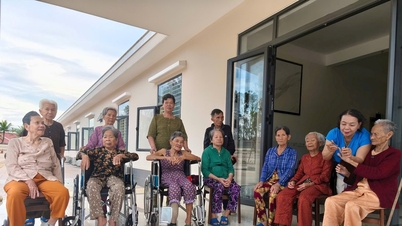

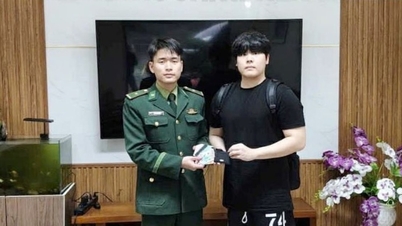


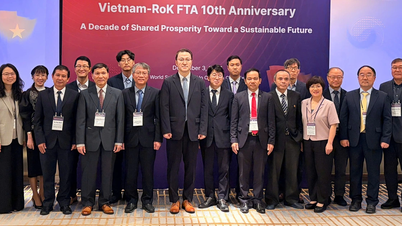

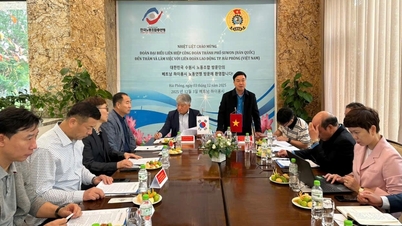



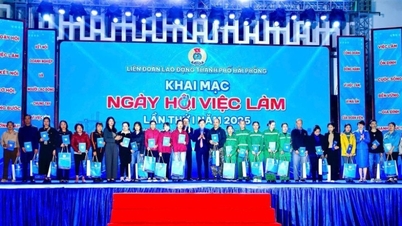


![[VIDEO] Save the Children helps children in Bac Ninh return to life soon after natural disasters](https://vphoto.vietnam.vn/thumb/402x226/vietnam/resource/IMAGE/2025/12/06/1765004276755_cu-u-tro-bn-2-cover20251206131142.jpeg)
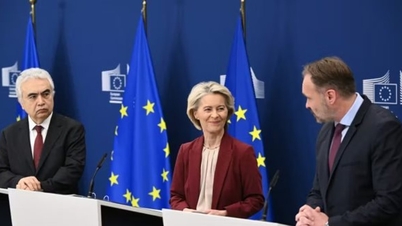






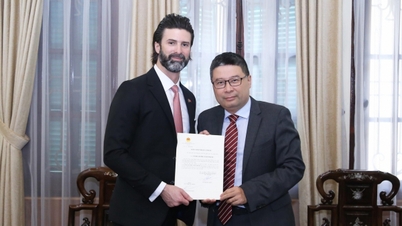


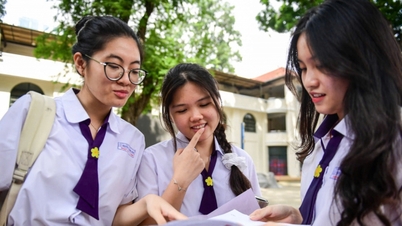
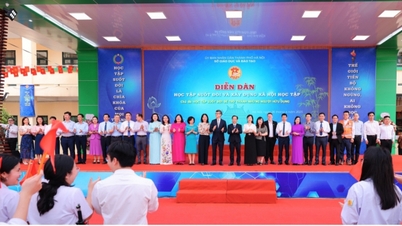



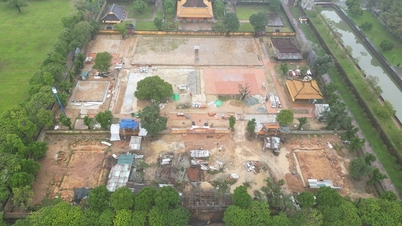




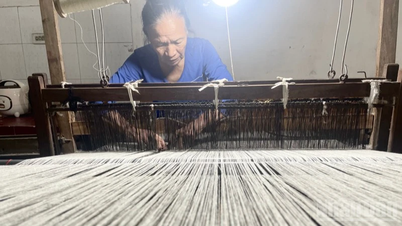



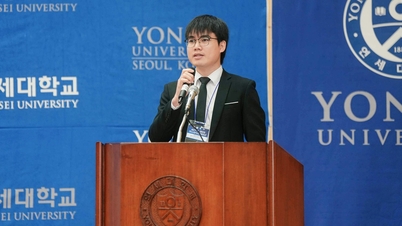






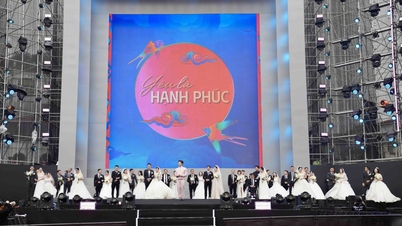


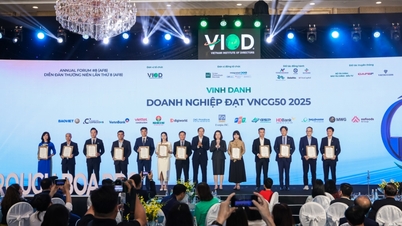

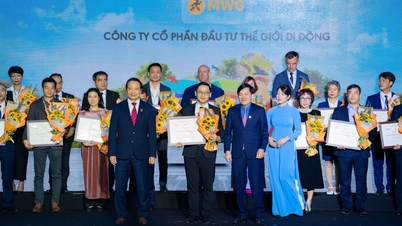
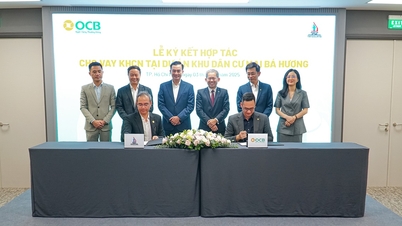






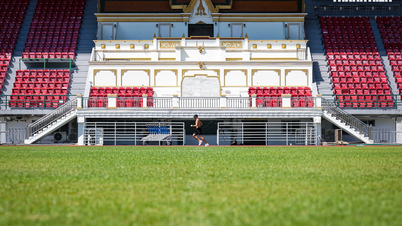

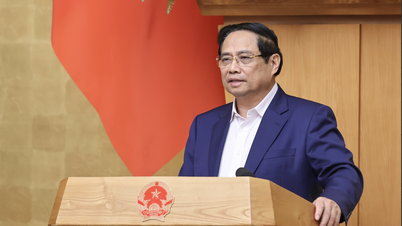
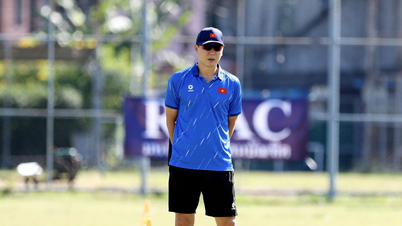

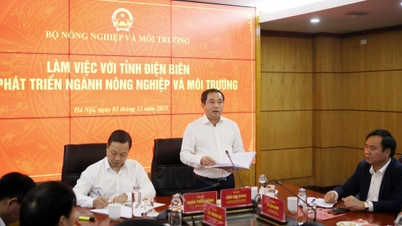

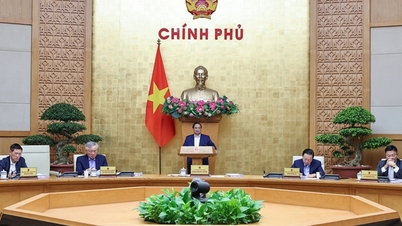


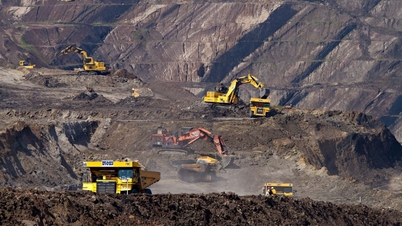

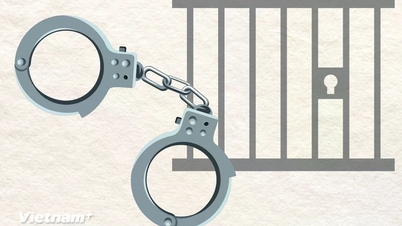


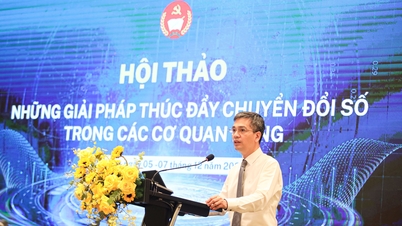
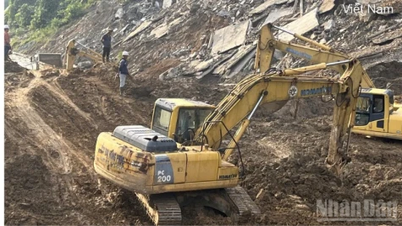

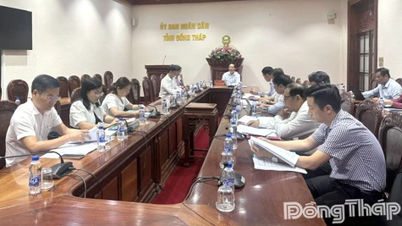


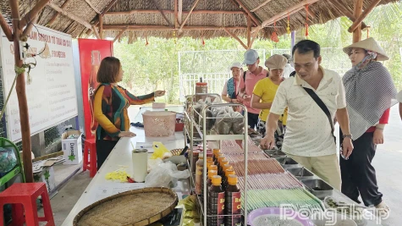
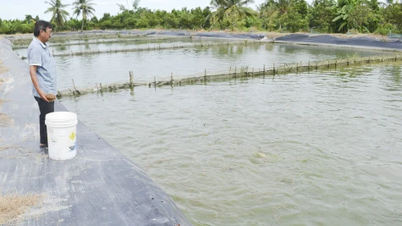
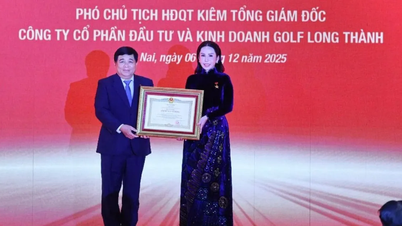

















Comment (0)